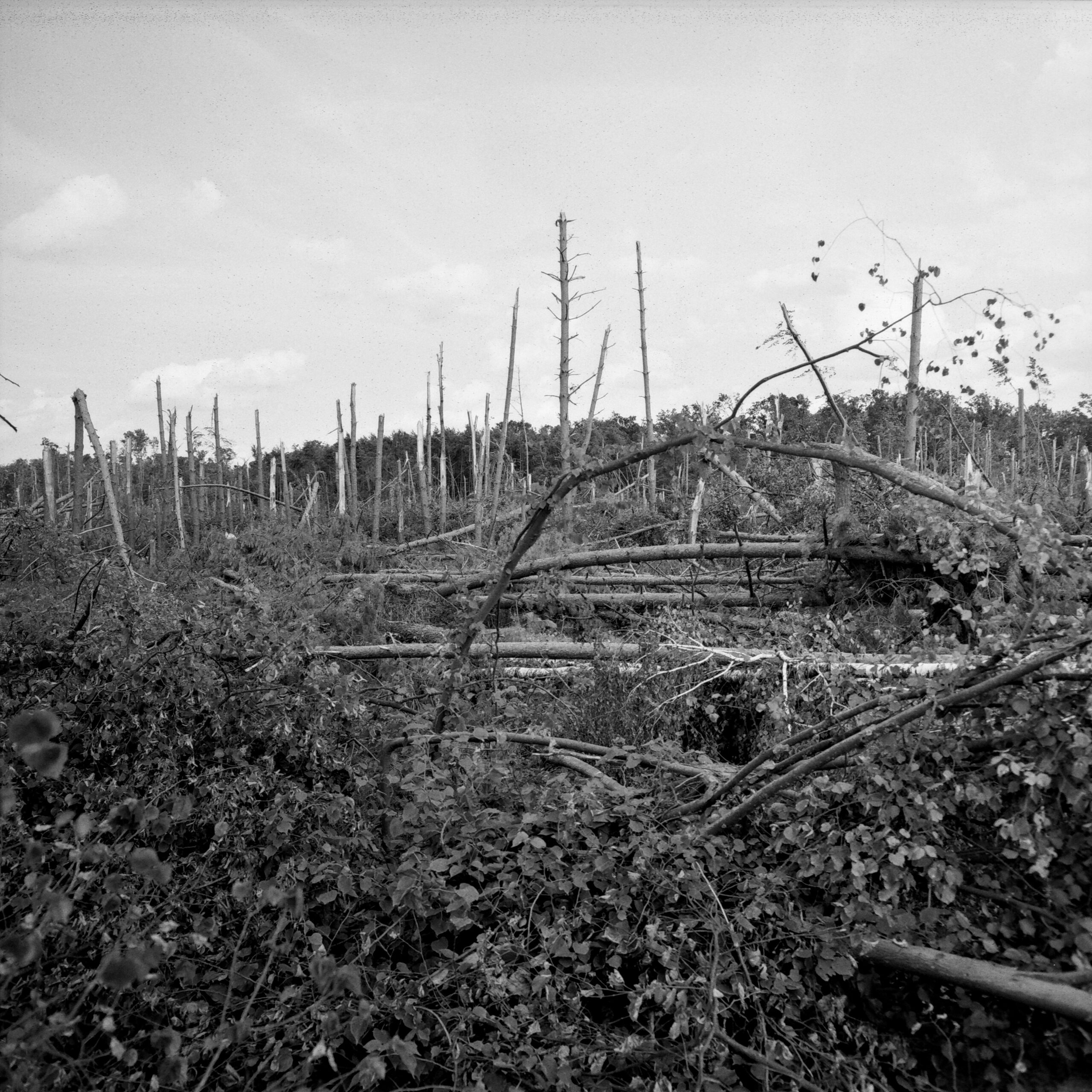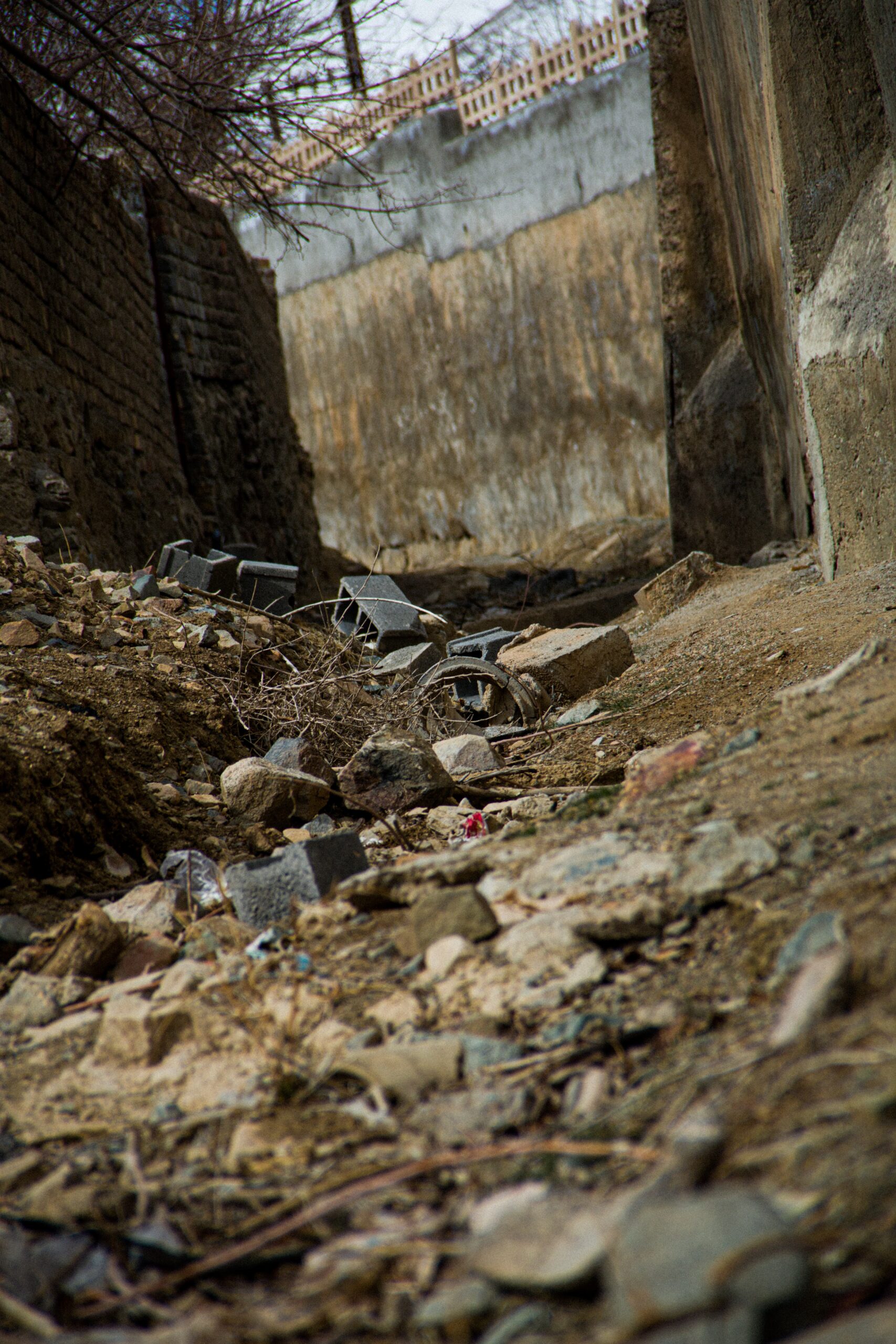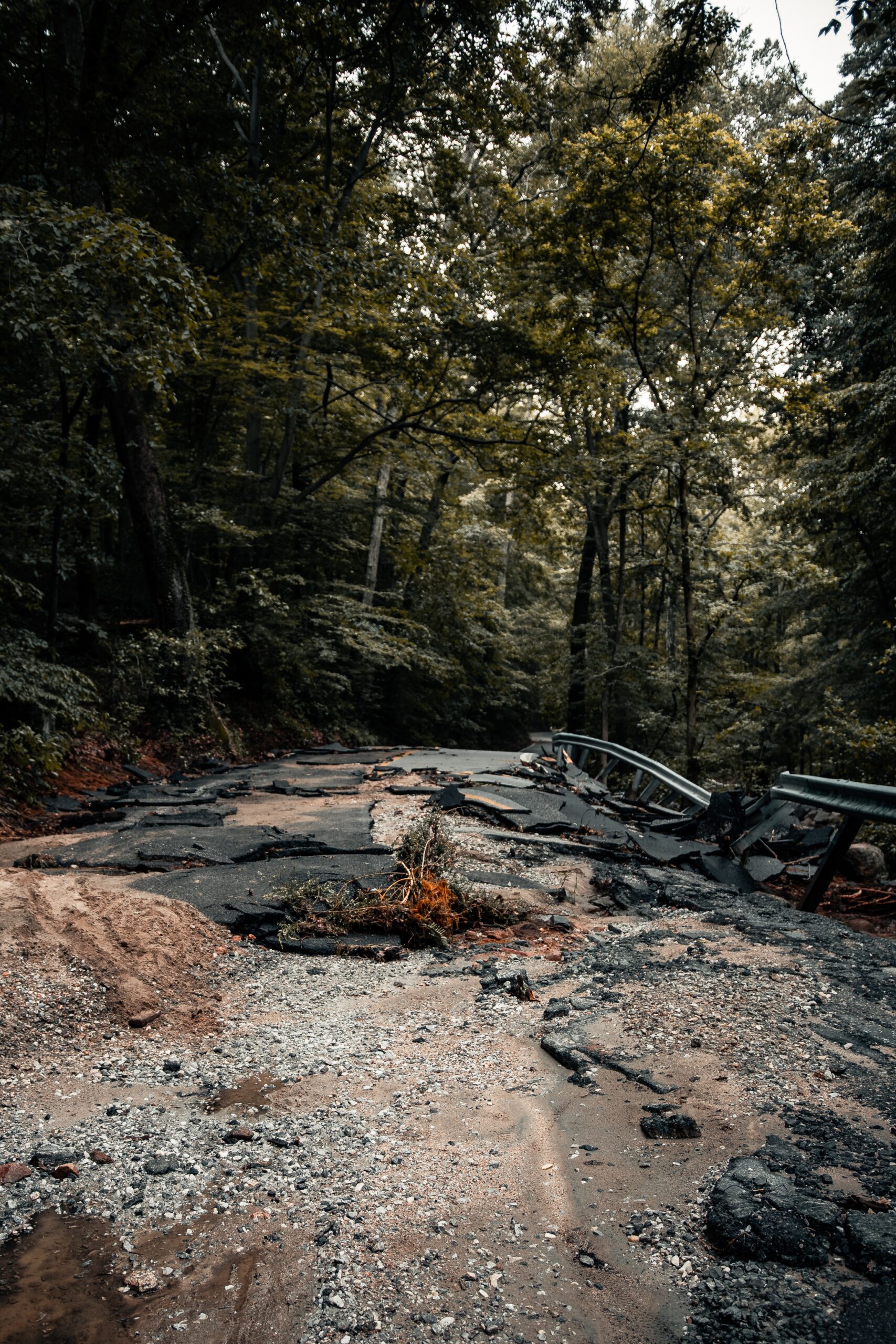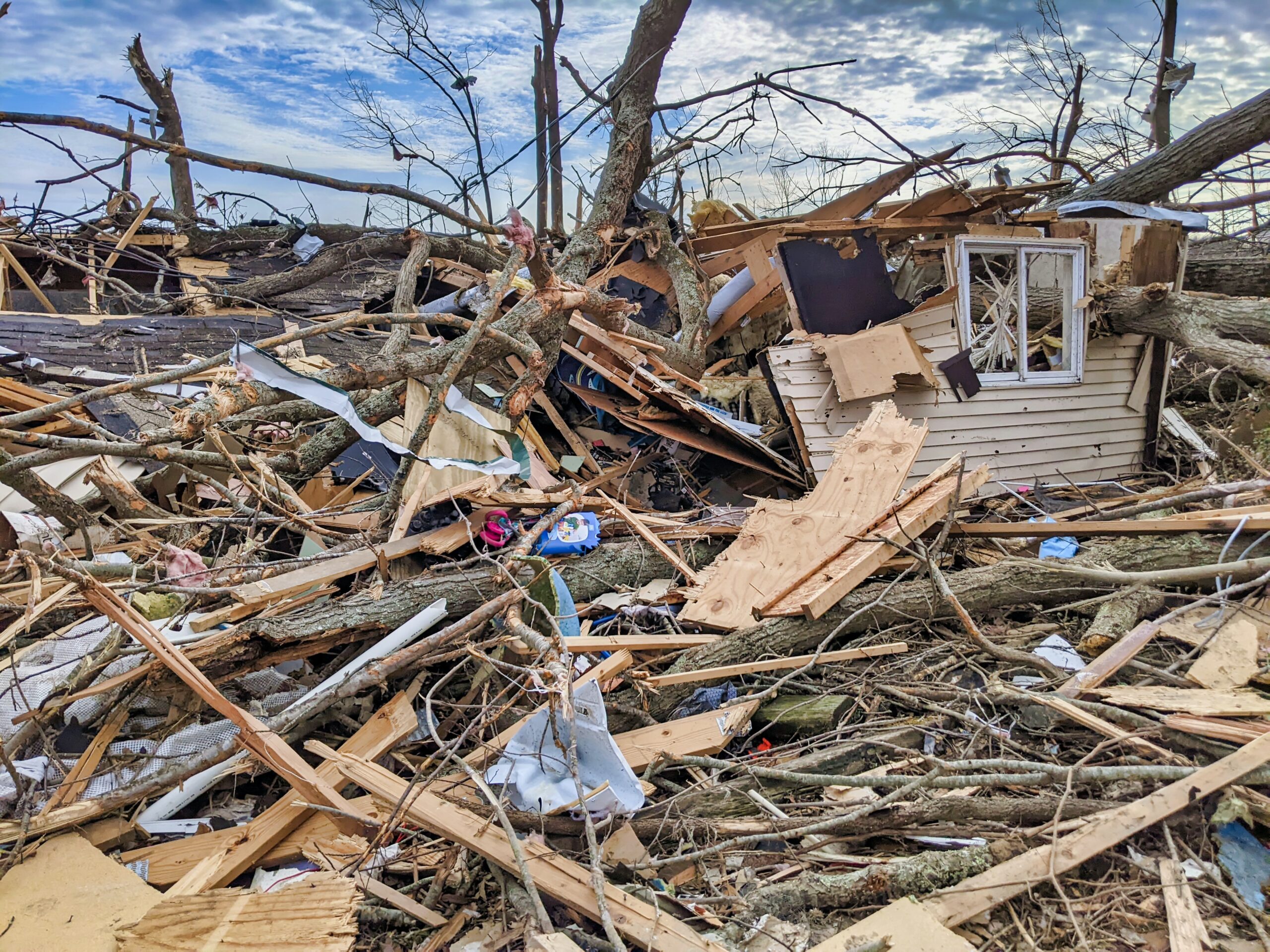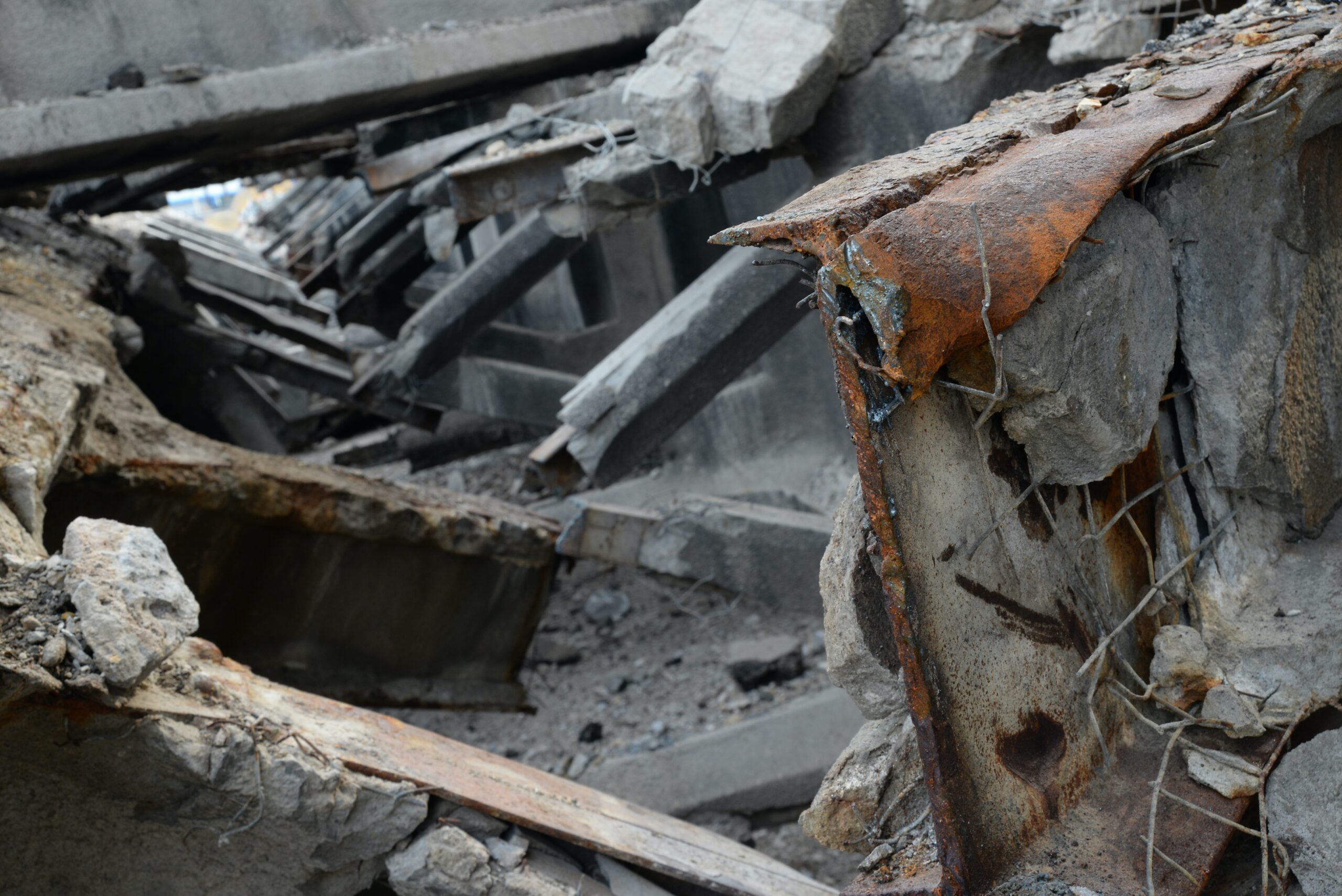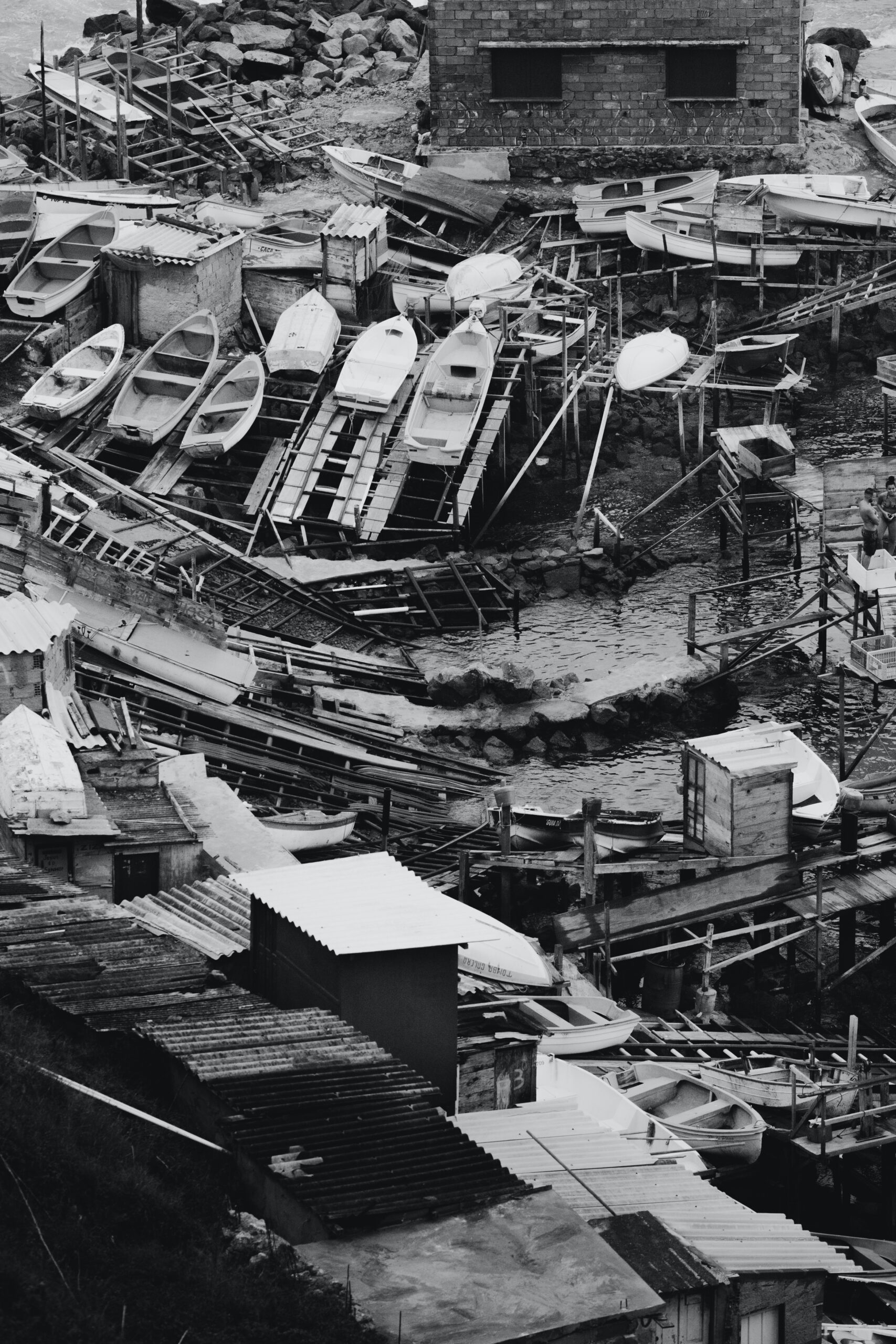"The Earthquake Lake"
Birth of Reelfoot Lake
Reelfoot Lake, Tennessee's only large natural lake, is located in the northwest corner of Tennessee 5 miles from the Mississippi River and The Great River Road.
During the winter of 1811-1812, massive earthquakes violently shook the area causing forest floors to sink and the Mississippi River to run backwards filling the large depression of earth with water creating Reelfoot Lake.
MAIN SHOCK
December 16, 1811
This powerful earthquake was felt widely over the entire eastern United States. People were awakened by the shaking in New York City, Washington, D.C., and Charleston, South Carolina. Perceptible ground shaking was in the range of one to three minutes depending upon the observers location. The ground motions were described as most alarming and frightening in places like Nashville, Tennessee, and Louisville, Kentucky. Reports also describe houses and other structures being severely shaken with many chimneys knocked down. In the epicentral area the ground surface was described as in great convulsion with sand and water ejected tens of feet into the air (liquefaction).
NE Arkansas | 7.5 Magnitude | 02:15 AM |
DAWN AFTERSHOCK
December 16, 1811
A large event felt on the East Coast that is sometimes regarded as the fourth principal earthquake of the 1811-1812 sequence. The event is described as "severe" at New Bourbon, Missouri, and was described by boatman John Bradbury, who was moored to a small island south of New Madrid, as "terrible, but not equal to the first". Hough believes that this large aftershock occurred around dawn in the New Madrid region near the surface projection of the Reelfoot fault.
NE Arkansas | 7.0 Magnitude | 07:15 AM |
NEW MADRID
January 23, 1812
The second principal shock of the 1811-1812 sequence. It is difficult to assign intensities to the principal shocks that occurred after 1811 because many of the published accounts describe the cumulative effects of all the earthquakes and because the Ohio River was iced over, so there was little river traffic and fewer human observers. Using the December 16 earthquake as a standard, however, there is a general consensus that this earthquake was the smallest of the three principals. The meizoseismal area was characterized by general ground warping, ejections, fissuring, severe landslides, and caving of stream banks.
Missouri | 7.3 Magnitude | 09:15 AM |
NEW MADRID 2
February 7, 1812
The third principal earthquake of the 1811-1812 series. Several destructive shocks occurred on February 7, the last of which equaled or surpassed the magnitude of any previous event. The town of New Madrid was destroyed. At St. Louis, many houses were damaged severely and their chimneys were thrown down. The meizoseismal area was characterized by general ground warping, ejections, fissuring, severe landslides, and caving of stream banks.
Missouri | 7.5 Magnitude | 03:45 AM |
